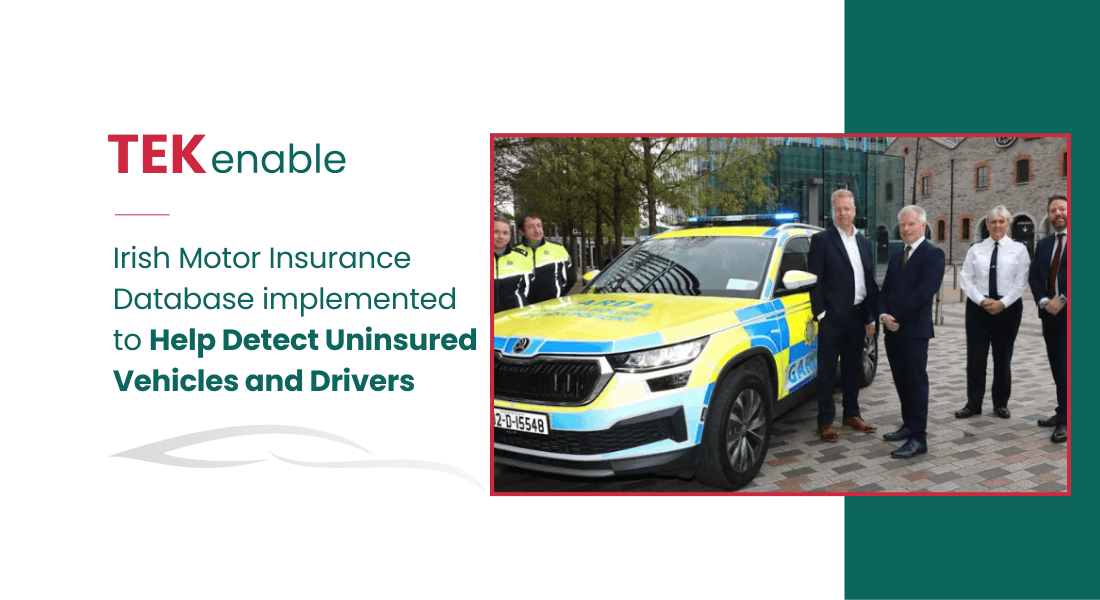Gaining business benefits from the mountains of data that every firm already has could be as simple as chatting with your documents.
With OpenAI unveiling ChatGPT late last year and its successor GPT-4 being integrated into virtually all of Microsoft’s applications, it is quite clear that artificial intelligence (AI), specifically the novel ‘generative’ kind that can create new material, will soon be commonplace in business. The question is, then: has generative AI increased the adoption of AI or are businesses struggling to understand it?
“Both,” said Peter Rose, group chief technology officer at digital transformation specialists TEKenable. “We’re running three days, back-to-back, with customers on Microsoft’s implementation of OpenAI’s AIs.
“Some, we are getting up to speed: all the talk of ‘AI, AI, AI’ has got them saying ‘catch us up’. Others are coming in at a different level of maturity and want to talk about implementing it: what will it cost us, what can we do if we implement it?” he said.
TEKenable itself has done more than dip a toe in the water. The company has launched its own Azure-based AI application that is designed to use AI to unlock business value.
“We did it for ourselves. We call it Chat With Your Documents. The contention is that there is more information and knowledge locked up in your unstructured data than there is in your formal databases or ERP and CRM,” Rose said.
Chat With Your Documents aims to solve a real business problem: hitherto, every research report, sales proposal, strategy, product or project document contains valuable institutional knowledge that is progressively lost from an organisation as people leave, and this information is very hard or even impossible for new joiners to acquire.
Chat With Your Documents makes this information accessible and offers the capability in two different forms: one for internal use, to support staff with their day-to-day tasks, and one that is externally facing, to help customers, for example, better understand a company’s products.
While we are all familiar with using search to find documents or information within them, Chat with Your Documents goes further: it searches and synthesises.
“You could have an answer to something spread across five different documents. Chat With Your Document will search for relevant context, even in apparently unrelated documents, and then present them to the LLM [large language model, the technology underlying the new breed of generative AIs], which will summarise them in one response,” said Rose.
Based on Azure OpenAI, this is all done in a private, secure and GDPR-compliant instance of OpenAI and configured with due regard to user permissions. Nobody sees something they should not have access to.
The next step
This kind of application is perhaps on the edge of the true next step in AI development: rather than making existing processes more efficient; it actually creates entirely new use cases. This, Rose said, would be the beginning of a fundamental shift.
“Everyone is looking at efficiencies and things like that. In other words, doing things we do today, but better. I’m waiting for things to come out with something entirely new.
“There are probably business use cases that we have yet to figure out. Nobody really knows what they are going to be used for.”
In the meantime, Microsoft’s introduction of AI to its products and cloud services has got people’s attention, but most businesses want legal assurances that using AI will not result in breaches of compliance with data regulations such as GDPR.
“A lot are waiting on [Microsoft] Copilot. Right now, they’re worrying about the security of AI in terms of keeping your data private. What we’re able to tell them is that Azure OpenAI is secure: the data stays within your instance, your own Azure tenant storage, and under no circumstance will it be used to train the [AI] models,” he said.
“I think it’s a masterstroke by Microsoft. They’ve bought the rights to the OpenAI platform, and they’re incorporating it into everything.”
The focus on generative AI does not mean other kinds of AI already in use have been superseded, however. Generative AI will not mean the end of machine learning (ML), for instance. In fact, Rose said, we can expect to see the technologies working together.
“ML is, in the main, statistical analysis, which is still worthy. It will do identification; it will do regression analysis. There are still the same applications as there were before.
But what there will be is a big ecosystem where these things can work together.
“You start with a set of images and say, for example, ‘Which of these images contain donkeys?’ They will pipeline that to the ML, which will select the images based on probability, and then pipeline it on to the generative AI to make something new.”
Over time, this combining of different forms of AI is likely to become standard practice, he said. This, in turn, will go a long way toward creating entirely new ways to interact with data.
“I think, looking forward, we’re going to see a hyper AI layer which orchestrates things,” Rose said.
The above interview text first appeared in Business Post on June 9th, 2023.





